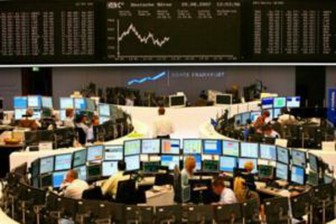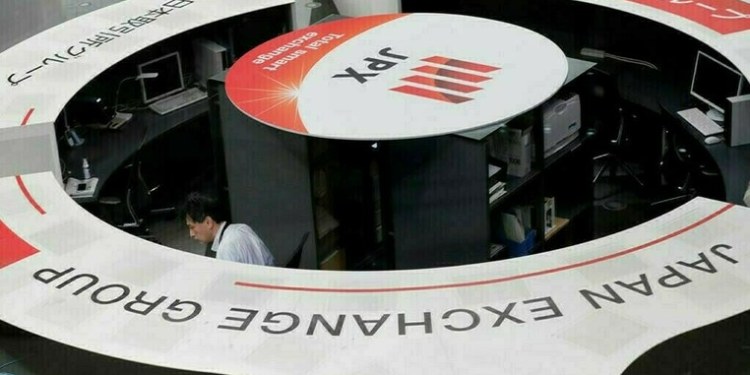 By Chikako Mogi
By Chikako Mogi
TOKYO (Reuters) – Asian shares fell on Thursday as investors waited for China’s official manufacturing PMI for insight into whether growth in the world’s second largest economy was bottoming out.
The MSCI index of Asia-Pacific shares outside Japan eased 0.3 percent after ending October with a 0.5 percent gain, in contrast to September’s 5.6 percent rise.
Australian shares fell 0.7 percent as miners and banks retreated ahead of the Chinese data, while South Korean shares (.KS11) opened down 0.4 percent.
The final reading of China’s HSBC manufacturing PMI for smaller firms will also be reported.
“Last month, both (Chinese PMI) reports showed a rebound from the previous result and could be the start of a new trend if it continues to improve,” said Neal Gilbert, currency strategist at GFT Forex in New Jersey, in a note.
“Any negative result could send the AUD/USD down to test and perhaps break support around 1.0350,” he said. China is Australia’s largest export destination and its data affects the Australian dollar, which stood steady around $1.0369.
China’s official manufacturing PMI due at 0100 GMT will likely show a rebound to 50.3 in October from 49.8 in September to suggest factory output picking up again after two months of slowing growth.
Japan’s Nikkei average opened flat.
European stocks dipped after a mixed batch of corporate earnings, and U.S. stocks were nearly flat in the wake of massive storm Sandy, that caused the market’s first weather-related two-day closure since the late 19th century.
“New York shares were softer towards the closing, which doesn’t leave a good impression. The market may take a wait-and-see stance as the U.S. job data is just around the corner,” said Yutaka Miura, senior technical analyst at Mizuho Securities.
The dollar firmed 0.1 percent against the yen to 79.84.
An uncertainty over bailouts for Greece and Spain, the pending “fiscal cliff” of tax increases and U.S. government spending cuts, and an outcome of a tight U.S. presidential race before the November 6 elections have kept markets directionless.
Investors instead focused on third-quarter corporate earnings and outlook amid a lacklustre global economy.
A gauge of Australian manufacturing activity released on Thursday showed the sector contracted in October for an eight month, with the exports sub-index sliding to the lowest level in over a year.
Later on Thursday, investors will also eye the U.S. ISM index of national manufacturing conditions, seen holding above 50 for a second straight month in October.
After that, the next key event is the October U.S. payrolls number due on Friday, which is expected to have expanded by 125,000, with the unemployment rate ticking up to 7.9 percent from September’s 7.8 percent.
The euro was pinned to the recent $1.28-$1.32 range, trading steady at $1.2962.
Euro zone finance ministers held a teleconference on Wednesday without any breakthrough on Greece, which said on Wednesday that it will overshoot its deficit and debt targets again next year because of a deeper than forecast recession.
Eurogroup chairman Jean-Claude Juncker said he expected a deal at the finance ministers’ face-to-face meeting on November 12 provided Greece had completed a list of prior actions.
Brent and U.S. benchmark crude posted losses for October for the second consecutive monthly declines, undermined by slowing global growth and expectations of more North Sea supply.
U.S. crude inched down 0.1 percent at $86.06 a barrel and Brent fell 0.2 percent to $108.45.
(Additional reporting by Hideyuki Sano in Tokyo; Editing by Michael Perry)
Source: Reuters





























